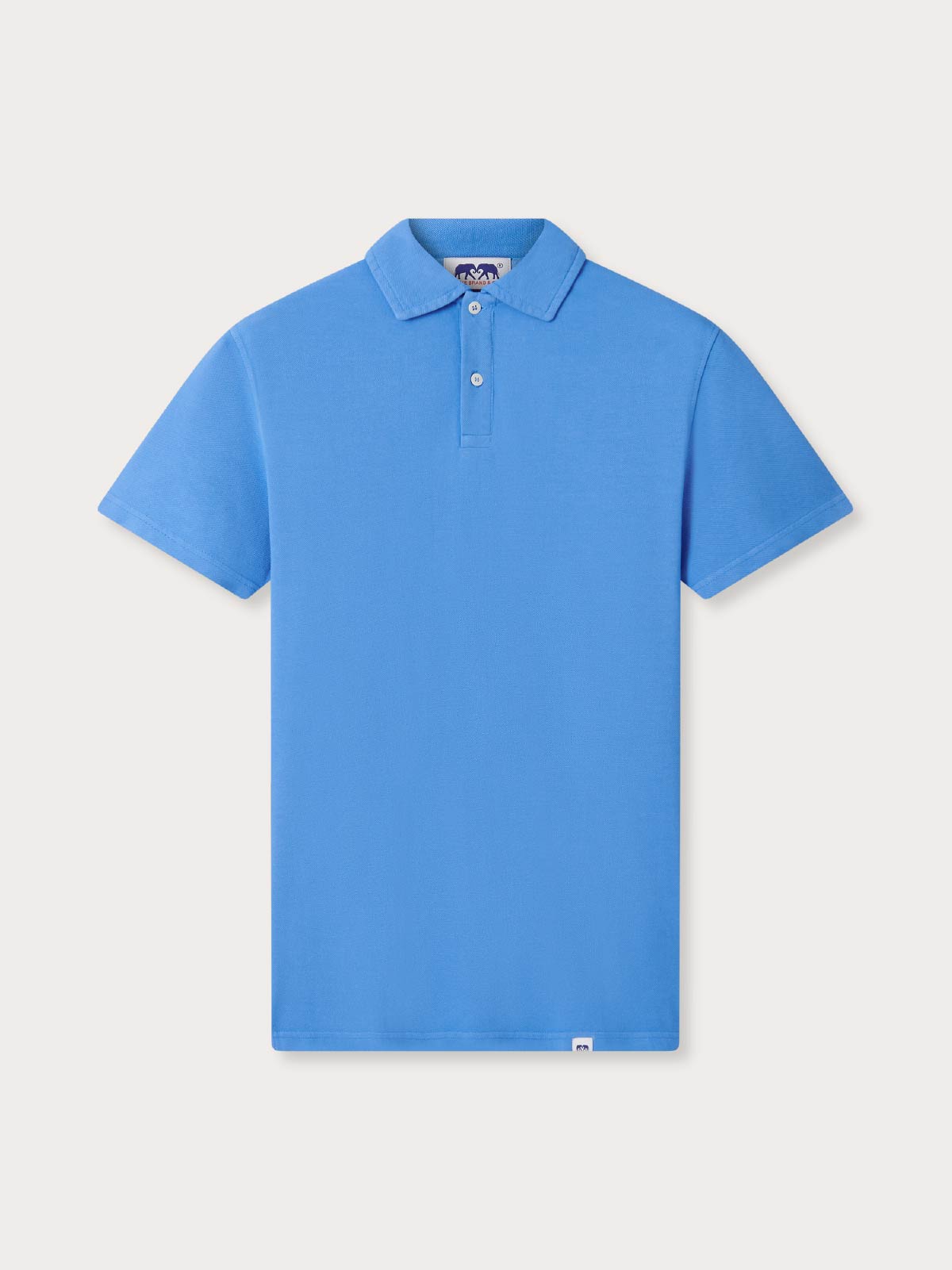The polo shirt's simple, elegant design has allowed it to transcend trends, continually being reinvented by designers and embraced by new generations. Its versatility has made it a staple in wardrobes worldwide, worn by everyone from school children to corporate executives.
The polo shirt's history is a testament to the power of functional design in fashion. What began as sportswear for tennis and polo has become a cultural icon, embodying a blend of comfort, simplicity, and elegance. From René Lacoste's initial design to its role in the preppy movement and beyond, the polo shirt remains a symbol of refined casual wear. Its evolution reflects broader trends in fashion and society, making it not just a piece of clothing but a piece of history.













